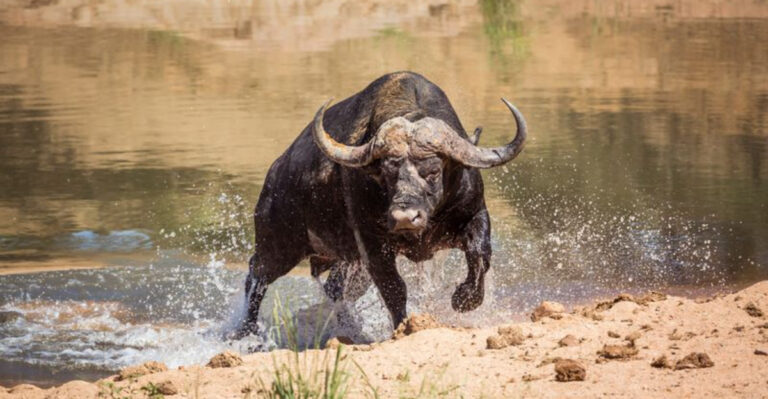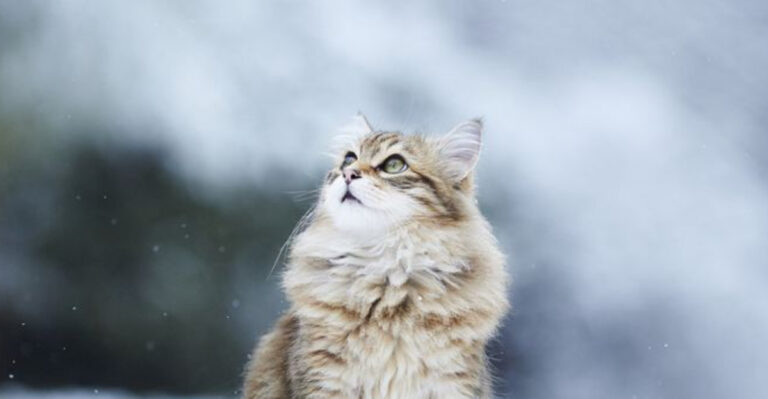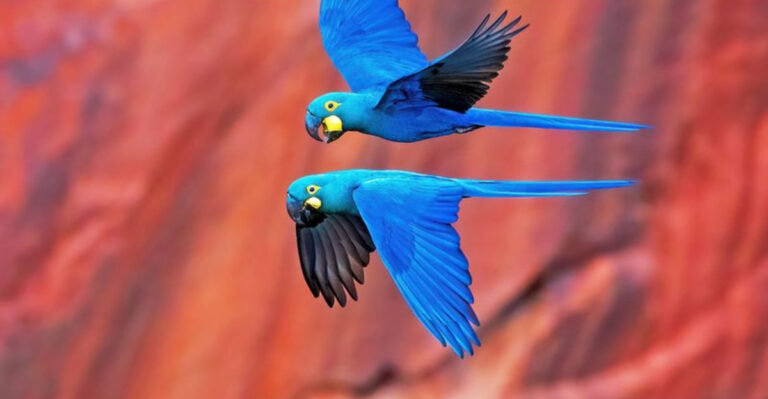Do Animals Really Feel Emotions Or Is It All Just Instinct?
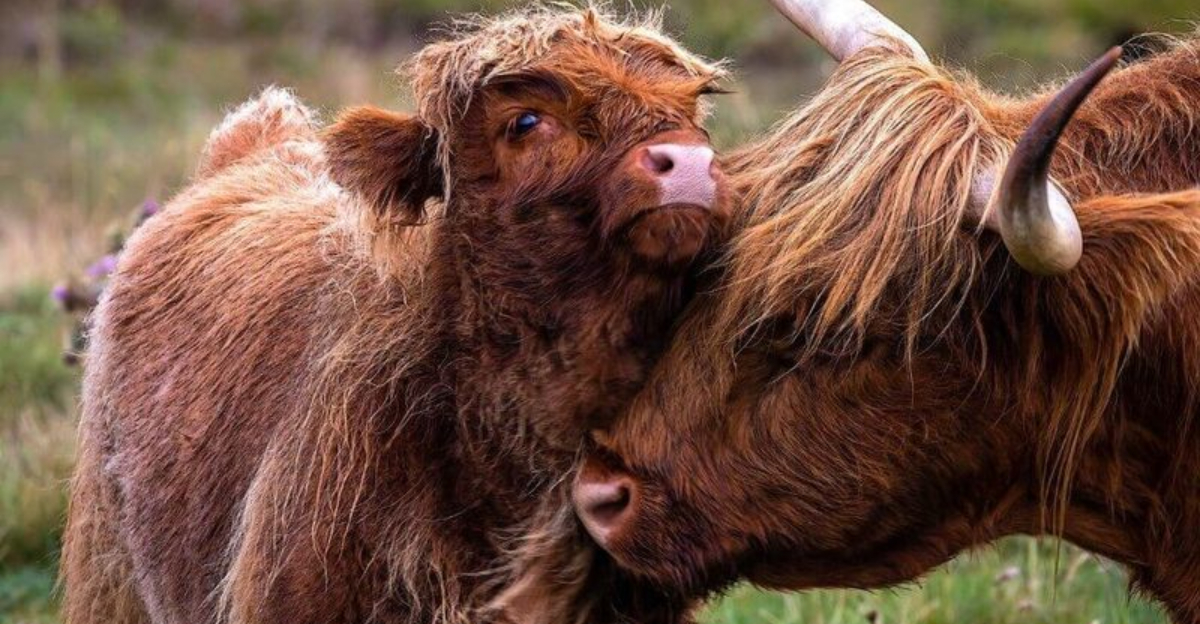
Have you ever looked into your pet’s eyes and wondered what they’re really feeling? For centuries, scientists debated whether animals experience emotions or just follow programmed instincts.
The answer impacts how we treat our furry, feathered, and finned friends. Recent research has uncovered fascinating evidence that animals might feel more deeply than we ever imagined.
1. Elephants Can Grieve
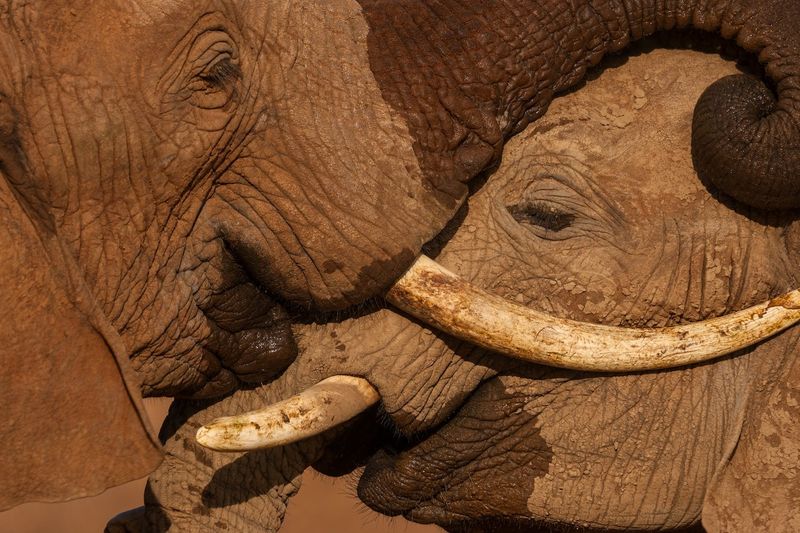
Elephants show remarkable mourning behaviors when herd members die. They’ll gently touch the bones of deceased relatives, sometimes carrying them or returning to death sites for years.
These giants even perform what look like funeral rituals. They’ll cover dead bodies with branches and dirt, standing silent vigil before reluctantly moving on.
2. Dogs May Actually Feel Jealousy

Your furry friend isn’t just acting out when they push between you and another pet. Research shows dogs exhibit jealous behaviors similar to human toddlers!
When owners interact with fake dogs or other objects, real dogs try to interrupt and seek attention. They’ll nudge, whine, or even try to separate you from the “competition” – clear signs of emotional complexity beyond mere instinct.
3. Rats Laugh When Tickled
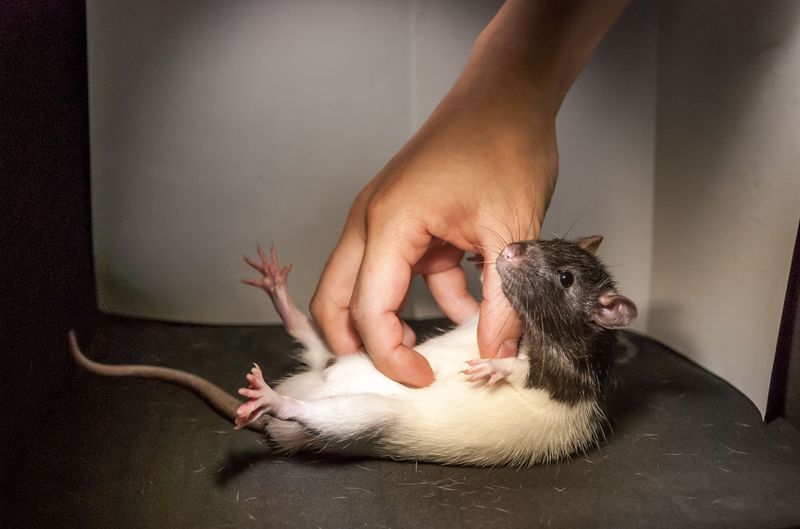
Those tiny creatures in labs have shown us something astonishing – they giggle! Scientists discovered rats make high-pitched chirps (inaudible to human ears) when tickled or during play.
Even more fascinating? Rats will seek out tickling and run toward researchers’ hands for more. They even perform joy jumps similar to children’s play behavior, suggesting genuine pleasure rather than automatic responses.
4. Dolphins Display Empathy
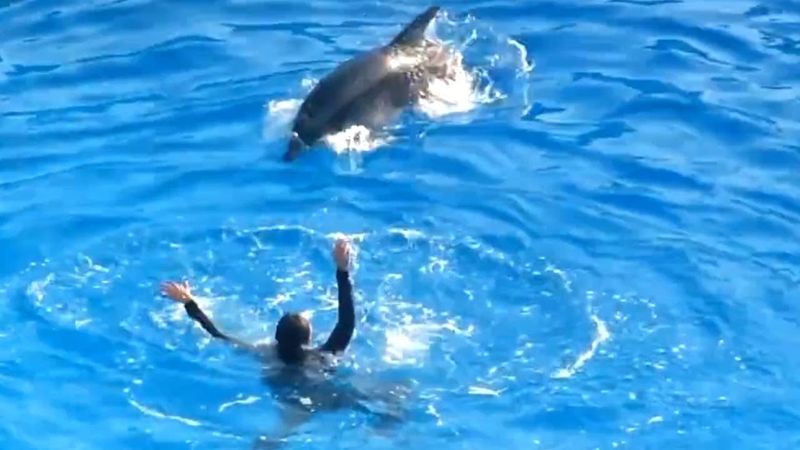
Marine biologists have documented countless cases of dolphins supporting sick or injured pod members. They’ll physically lift them to the surface so they can breathe, sometimes for days without rest.
Their compassion extends beyond their own kind too. Dolphins have been observed protecting humans from shark attacks and guiding stranded whales back to deeper waters. Such altruistic behavior suggests emotional understanding beyond survival instincts.
5. Cows Form Best Friendships
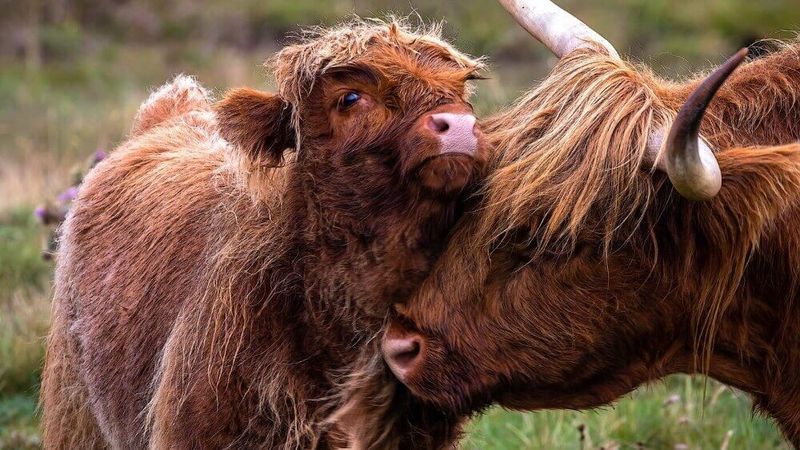
Farmers have long noticed that certain cows always graze together. Research confirms these aren’t random groupings – they’re genuine friendships!
When separated from their bovine buddies, cows show increased heart rates and stress hormones. They produce less milk and become visibly agitated. Upon reunion, their vital signs normalize and they express what appears to be relief and happiness.
6. Birds Sing With More Than Just Purpose

Bird songs aren’t merely functional signals for territory or mating. Many species sing in contexts that serve no survival purpose whatsoever.
Well-fed, safe birds in comfortable environments still burst into song. Some birds, like starlings and mockingbirds, create complex melodies that change and evolve over time. This musical creativity suggests an emotional life beyond biological programming.
7. Cats Can Miss You (Even If They Act Aloof)
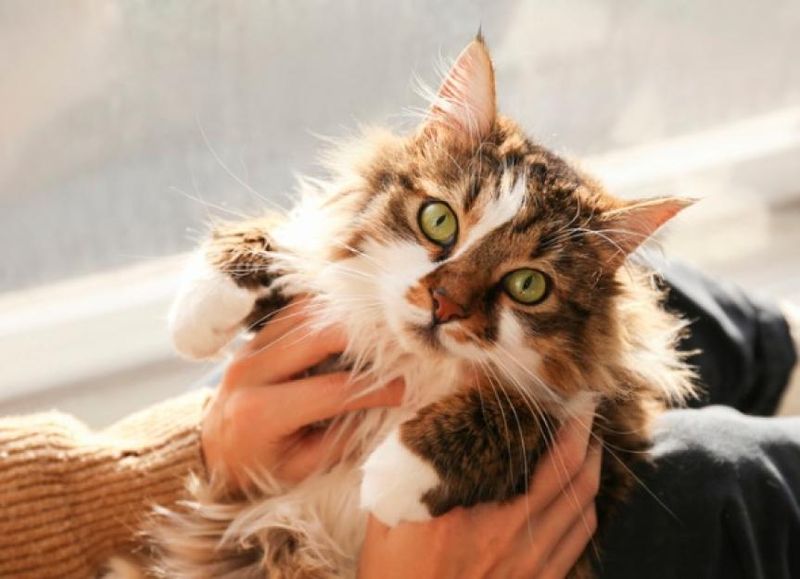
Behind that independent facade, your feline friend forms genuine attachments. Studies using attachment tests (similar to those for human infants) reveal cats form secure bonds with their people.
When left alone, many cats display separation anxiety through excessive grooming, decreased appetite, or vocalization. The purrs and head-bumps upon your return aren’t just feeding time signals – they’re expressions of genuine emotional connection.
8. Orcas Mourn Calves For Weeks
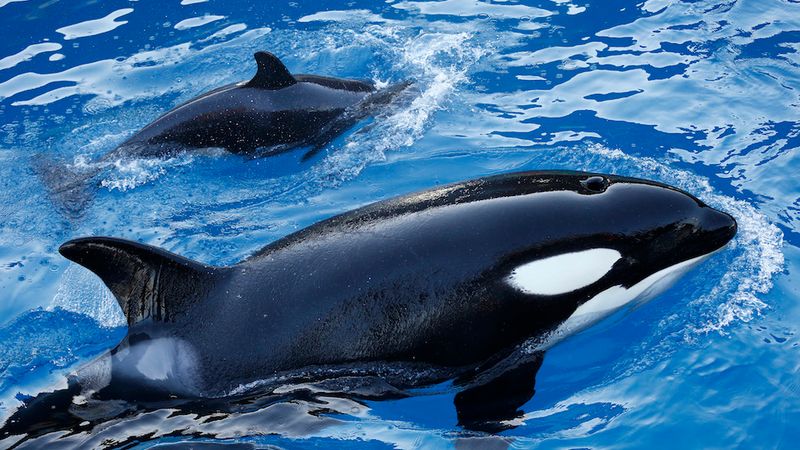
In 2018, the world watched as an orca named Tahlequah carried her dead calf for 17 days across 1,000 miles of ocean. Scientists observed her diving to retrieve the body whenever it slipped away.
Her pod members took turns supporting her during this grieving process. They brought her food and adjusted their travel pace. Such prolonged mourning behavior far exceeds any survival benefit, pointing to deep emotional bonds.
9. Primates Comfort One Another

Our closest relatives show remarkable emotional intelligence. When chimpanzees see a friend in distress, they offer hugs, grooming, or reassuring touches – much like humans comforting each other.
Young chimps orphaned by poachers often show symptoms similar to PTSD in humans. Other chimps will adopt and comfort these traumatized youngsters. Such compassionate behaviors suggest deep emotional understanding and empathy rather than programmed responses.
10. Octopuses Get Moody
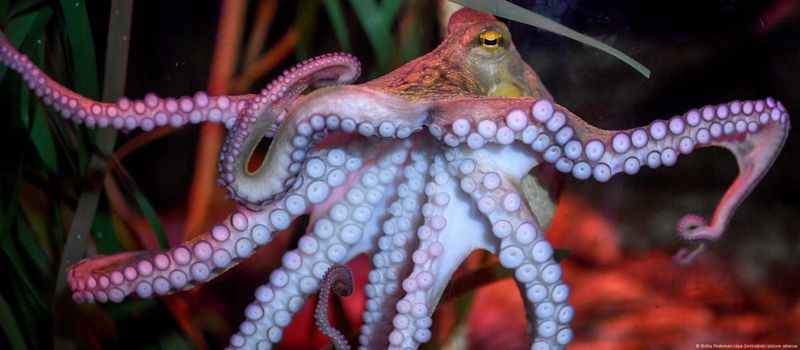
These eight-armed geniuses have surprised researchers with their emotional complexity. Octopuses change colors not just for camouflage, but also to reflect their internal states.
A relaxed octopus displays different patterns than an agitated one. Some even recognize individual humans, responding differently to those who’ve treated them well versus those who haven’t. Their ability to learn, remember, and respond emotionally challenges our understanding of invertebrate consciousness.
11. Horses Mirror Human Emotions

The saying “horses can smell fear” has scientific backing. These perceptive animals can detect subtle changes in human heart rate, breathing, and body language.
Remarkably, horses’ own heart rates synchronize with their regular handlers. They show visible stress responses when interacting with anxious humans, regardless of how these people try to hide their feelings. This emotional mirroring creates the deep bonds between horses and humans.
12. Penguins Pine For Lost Partners
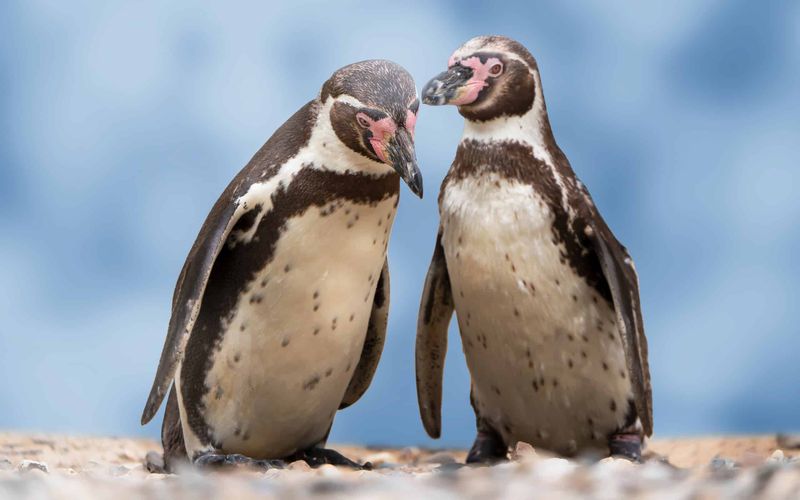
Many penguin species mate for life, forming bonds that last decades. When death separates these pairs, the surviving partner often exhibits behaviors resembling human grief.
Bereaved penguins may vocalize mournfully or stand alone away from the colony. Some refuse to find new mates for extended periods. Researchers have documented cases where penguins continue returning to spots they once shared with their partners.
13. Science Still Has Questions – But The Evidence Is Growing
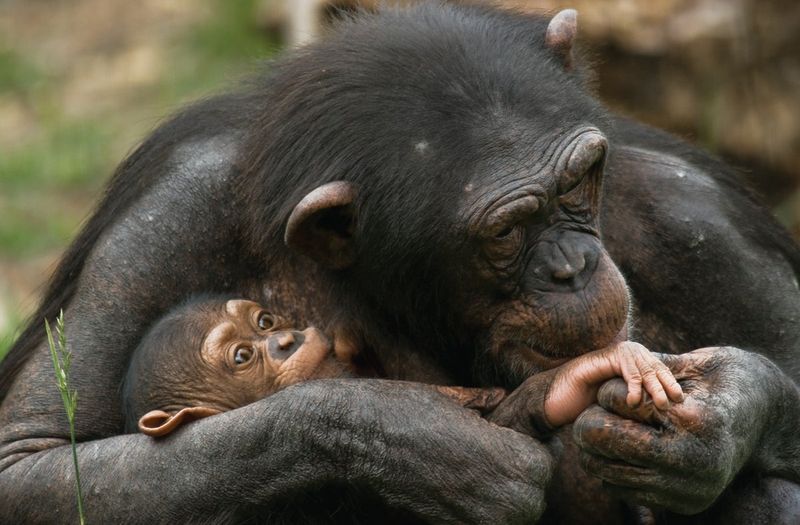
The scientific community once dismissed animal emotions as anthropomorphism – projecting human qualities onto animals. This view is rapidly changing as research techniques advance.
Brain scans show animals activate similar neural pathways to humans during emotional experiences. While we can’t know exactly what animals feel, mounting evidence suggests their emotional lives may be rich and complex. The question has shifted from “if” to “how” animals experience emotions.



